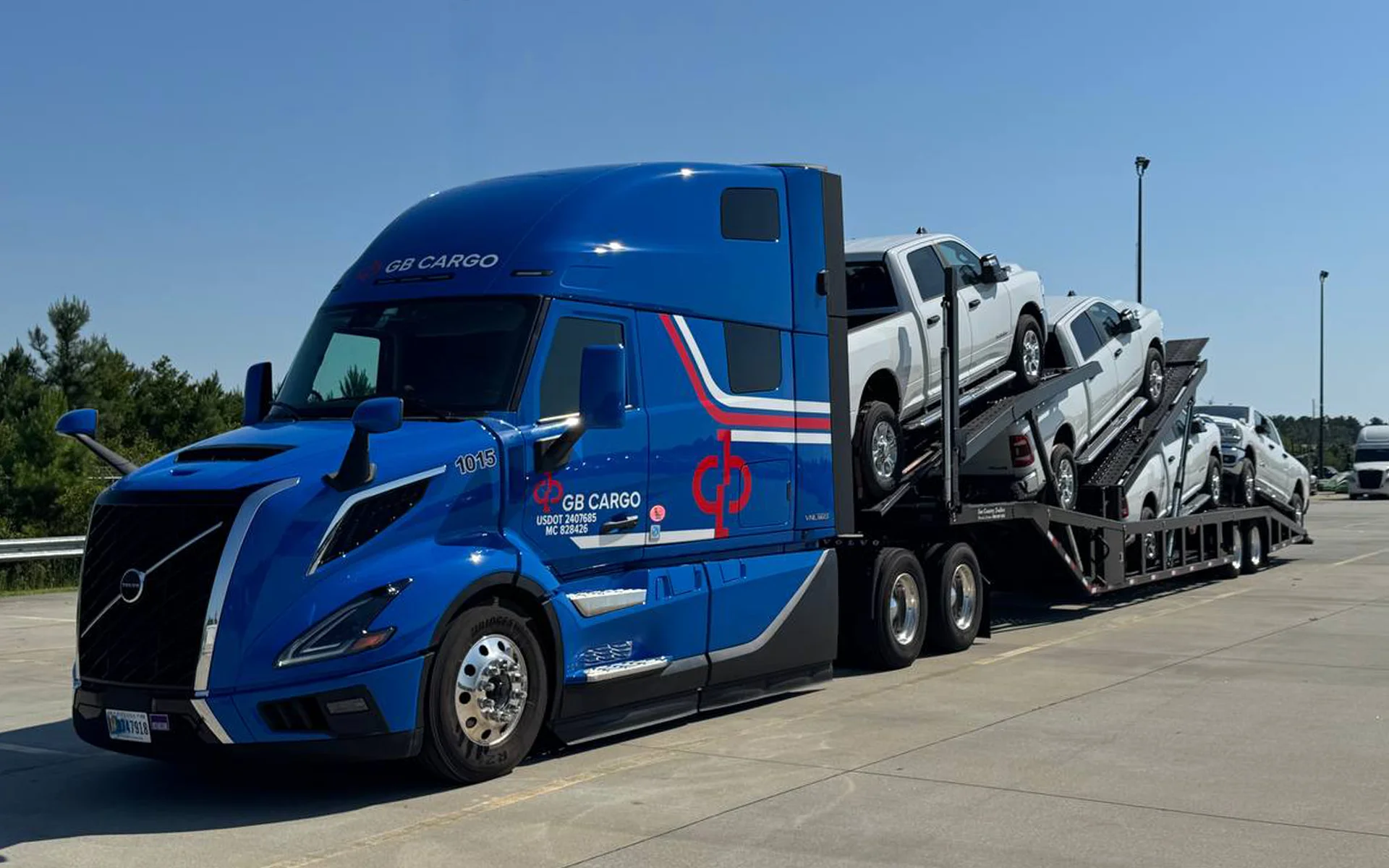How Auto Transport Companies Support OEMs in the Automotive Supply Chain


A car carrier truck loaded with new vehicles, ready to deliver from the factory to dealerships. Auto transport companies form a crucial link between OEM assembly plants and dealerships.
Auto transport companies play a vital role in the automotive supply chain, ferrying newly built cars from factories to dealerships across the nation. This “finished vehicle logistics” stage is the final bridge between production and consumers. Original Equipment Manufacturers (OEMs) rely on these carriers – by truck, rail, and ship – to safely and efficiently deliver millions of vehicles each year, keeping dealer lots stocked and customers satisfied. In today’s complex market, finished-vehicle transporters are not just haulers; they are strategic partners ensuring smooth logistics coordination, timely deliveries, and resilience against disruptions. Below, we outline how companies like GB Cargo and others support OEM logistics, with key statistics and examples to illustrate their impact.
Auto transport firms move new vehicles from assembly plants to distribution centers and dealerships nationwide. They form the backbone of outbound automotive logistics, handling the hand-off of vehicles after production. In the United States, this often involves a multimodal network of road and rail. Freight railroads carry nearly three-quarters of new cars and light trucks sold in the U.S., transporting them in specialized autorack railcars across long distances. Meanwhile, trucking fleets provide flexibility and last-mile delivery to local markets – virtually every new vehicle will ride on a car-carrier truck for at least the final leg to one of roughly 16,000 U.S. dealerships. Together, these transport modes enable OEMs to distribute about 15–16 million new vehicles annually from factories to dealers.
Auto transport companies coordinate tightly with OEM supply-chain teams to manage this massive flow of vehicles. They plan shipments according to production schedules, allocate carrier capacity, and optimize routes to move cars as efficiently as possible. Carriers use transportation-management systems and route optimization tools to consolidate loads and minimize empty miles. Many OEMs and their logistics partners have invested in advanced technology like AI-based route planning and digital-twin simulations to streamline delivery networks. Real-time tracking and telematics are now standard, allowing automakers to see where each vehicle is in transit and to shrink delivery times back toward pre-pandemic norms.
Auto transport providers also contribute to broader supply-chain efficiency by interfacing directly with OEM production and inventory systems, timing pickups as vehicles roll off the assembly line. Many major OEMs partner with dedicated logistics firms – or operate their own logistics subsidiaries – to ensure capacity and quality. By tightly integrating manufacturing output with transport capacity, auto-logistics companies help avoid bottlenecks and keep the pipeline flowing smoothly from factory floor to showroom.
Optimizing Vehicle Deliveries
Carriers employ route and mode selection strategies to maximize speed and efficiency. Asset-based carriers like GB Cargo can dynamically reroute or reallocate their owned trucks and drivers as needed to meet changing OEM demand, reducing delays when schedules shift.
Real-Time Tracking & Visibility
Enhanced visibility tools give OEMs and dealers accurate ETAs and status updates, improving on-time performance and trust in the delivery process.
Delivery Speed and Reliability
Specialized equipment such as multi-level trailers (8–10 vehicles) and autorack railcars (10–15 vehicles) achieves economies of scale. In normal times, factory-to-dealer journeys take about 10 days; carriers continue to streamline hand-offs to keep transit times low and quality high.
Building a Resilient Network
Diversifying modes, routes, and ports helps carriers and OEMs bounce back from disruptions like railcar shortages or port congestion.
Case Study – Volkswagen’s Agile Response
When Volkswagen faced a backlog of vehicles in Mexico, it worked with transport partners to secure extra rail capacity, charter trucks, open a new export port, and even containerize cars to clear inventory – demonstrating how agile collaboration restores flow.
Asset-Based Reliability
Owning trucks and employing drivers gives carriers tighter control over capacity and handling quality, leading to fewer surprises and a dependable flow of new cars.
Collaboration & Communication
Regular coordination calls, shared data platforms, and joint contingency planning enable OEMs and carriers to manage sudden volume swings and maintain steadier delivery cadence.
Vehicle Electrification
EVs weigh more and need careful handling. Carriers are adjusting load plans, training personnel, and installing chargers at yards to accommodate the surge in electric-vehicle production.
Sustainability Initiatives
Car-carrier companies are introducing electric or hybrid haulers, adopting renewable fuels, and leveraging rail’s fuel efficiency to lower the carbon footprint of each delivery.
Supply-Chain Disruptions and Recovery
From pandemic shutdowns to semiconductor shortages and port congestion, transport companies have built agility through diversified networks, overflow storage solutions, and real-time control-tower monitoring.
Digital Transformation
IoT devices, blockchain proofs of custody, and AI-based route optimization are delivering greater visibility, predictive maintenance, and dynamic planning, making the outbound supply chain more connected and efficient.
Auto transport companies are essential partners to OEMs, providing the logistical expertise and capacity that ensure new cars reach dealerships (and ultimately drivers) on time and in perfect condition. As electrification, sustainability goals, and supply-chain volatility reshape the automotive landscape, these carriers are evolving with new technology, greener fleets, and agile operating models. By strengthening coordination, delivery efficiency, and resilience, partners like GB Cargo will remain critical allies to OEMs – helping them get the right cars to the right place at the right time, every time.

Stay informed on the latest news and insights from GB Cargo.